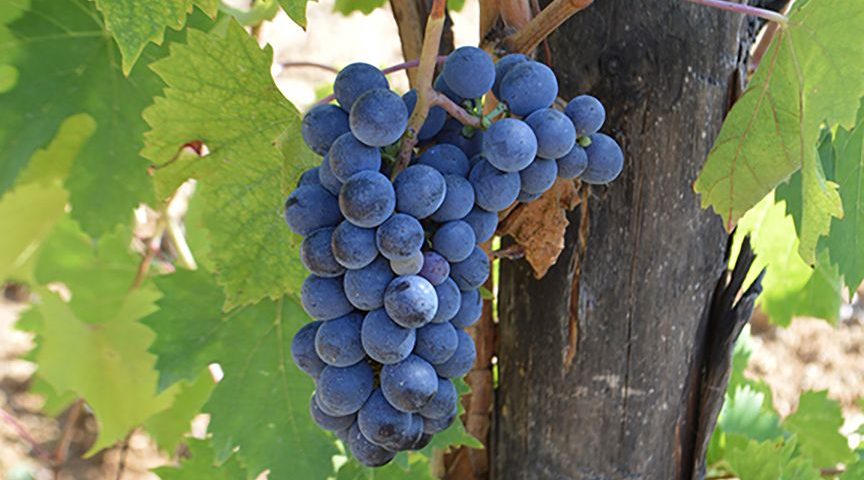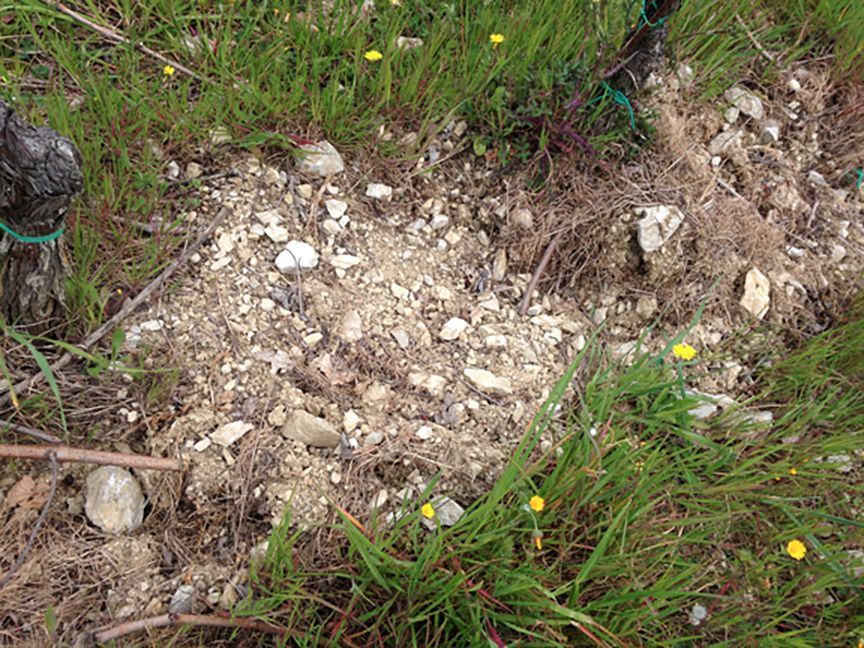What’s the difference between “Chianti” and “Chianti Classico”?

Frecciarossa, classic award-winning wines from Oltrepò Pavese, arguably the best Pinot Noir from Italy
June 9, 2016
Scarzello “a star of the traditional movement in Piedmont.”
June 30, 2016What’s the difference between “Chianti” and “Chianti Classico”?

Sangiovese is the main grape used in both “Chianti” and “Chianti Classico”.
Click here for Castello di Selvole, Vignaioli America’s Chianti Classico producer.
What’s the difference between “Chianti” and “Chianti Classico”?
The difference is that Chianti and Chianti Classico are separate appellations. In other words, grapes used in the two wines are grown in different places and the regulations for winemaking are different (although very similar).
The designation classico might make it sound like Chianti Classico is “more classic” or superior in some way.
That’s not the case, although the regulations for Chianti Classico are to some extent stricter than the more liberal Chianti appellation.
Grapes for Chianti can be grown in the following Tuscan provinces: Florence (Firenze), Siena, Arezzo, Pisa, Pistoia, and Prato.
Above: The stony subsoils of Chianti Classico provide ideal drainage and thus force roots of the vines to dig more deeply to find the water table. Their resulting vigor makes for more richly flavored fruit.
Grapes for Chianti Classico can only be grown in Florence and Siena provinces and only in the following townships: Barberino Val d’Elsa, Castellina in Chianti, Castelnuovo Berardenga, Gaiole in Chianti, Greve in Chianti, Poggibonsi, Radda in Chianti, San Casciano Val di Pesa, Tavarnelle Val di Pesa.
The designation classico comes from the fact that Chianti Classico covers the original townships where Chianti was first produced historically: Castellina in Chianti, Radda in Chianti, and Gaiole in Chianti (all in Siena province).
The main grape in both appellations is Sangiovese.
In Chianti Classico, the wine must be made from at least 80 percent Sangiovese grapes.
In Chianti, only 70 percent needs to be Sangiovese.
And while Chianti Classico only allows red grapes, Chianti allows up to 10 percent white grape varieties.
There are other differences as well. Notably, Chianti Classico must be aged longer before being bottled: 10 months minimum for Chianti Classico, 3 months minimum for Chianti, and 9 months minimum for Chianti Superiore (a designation within Chianti).
Chianti and Chianti Classico are both DOCG appellations: denominazione d’origine controllata e garantita (designation of controlled and guaranteed origin).

